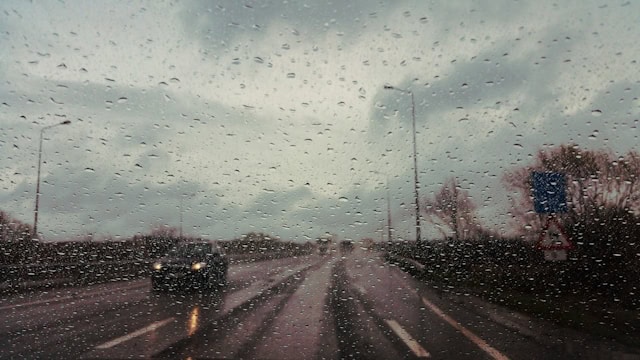Collaborative post.
Winter driving presents a few unique challenges for drivers. From slippery conditions on icy roads to reduced visibility after the clocks change, there are more than a few changes to get used to.
Whether you’re a new driver or helping someone else build their skills behind the wheel, it’s worth knowing a few of the best ways to stay safe and confident on the roads in winter.
Prepare your vehicle
Getting your car ready for winter is crucial.
Summer tyres won’t provide enough traction control to help you grip on sleet, snow or ice. Upgrading to winter or all-season tyres means you’ll benefit from specialised tread patterns to keep you steering safely as the weather changes.
You should also check your battery when the temperatures drop. Cold weather can influence its efficiency, so if you discover that it’s already deteriorating, it could be worth replacing it before the middle of winter.
If you live in an area where temperatures will frequently fall below zero, it’s worth keeping your windscreen wash reservoir topped up. Choose the best screenwash within your budget, as quality makes all the difference.
Stay alert and plan ahead
Getting organised and staying one step ahead of the weather will help you to plan the safest possible journeys.
Plan your route and allow for extra travel time during harsh winter weather. If you spot any road signs warning you about ice or road closures, pay attention and don’t continue in the same direction.
Staying focused on the roads is more important than ever during challenging weather. Furthermore, you can drive with extra peace of mind by having a car insurance policy that covers accidental damage to your car. Bumps and scratches are much more likely in winter!

Carry an emergency winter kit
Even with careful maintenance and timely vehicle repairs, you could still break down on a long journey. Whether you’re stranded on the side of the road or stuck in standstill traffic, carrying an emergency kit could come in very handy.
We recommend keeping basic supplies in your car all winter in case of such eventualities. This could include:
- Warm clothes and waterproof outer layers
- A blanket
- Ice scraper and shovel
- Torch
- Bottled water
- Long-life snacks
- Portable phone charger
Drive carefully
Next, it’s worth remembering to change your driving habits as the road conditions become more dangerous. In 2022, four people died in car crashes during just one period of snowy weather.
Start by reducing your speed. Driving on snow-covered or icy roads makes skidding much more likely, but you can control the risk by slowing down and choosing the highest gear possible for your speed.
Similarly, you should try to avoid sudden braking and sharp turns, which could both cause you to lose control of the car. Increase following distance and always use your headlights in low-visibility conditions like fog or heavy rain.
Learn how to handle a skid
Prevention is the first step, but sometimes skidding is unavoidable!
To make blind panic less likely, it’s worth taking time to learn how to skid. You can do this in a controlled environment and even book an organised lesson from a professional driver.
The basic technique is that if your car starts to skid, you should gently steer in the direction that you’d like to go in. This could be the same direction as the skid. Take your foot off the accelerator and don’t touch the brakes.
If you’re ever caught in an emergency, stay with your vehicle and call for help, using your emergency kit to stay warm.






